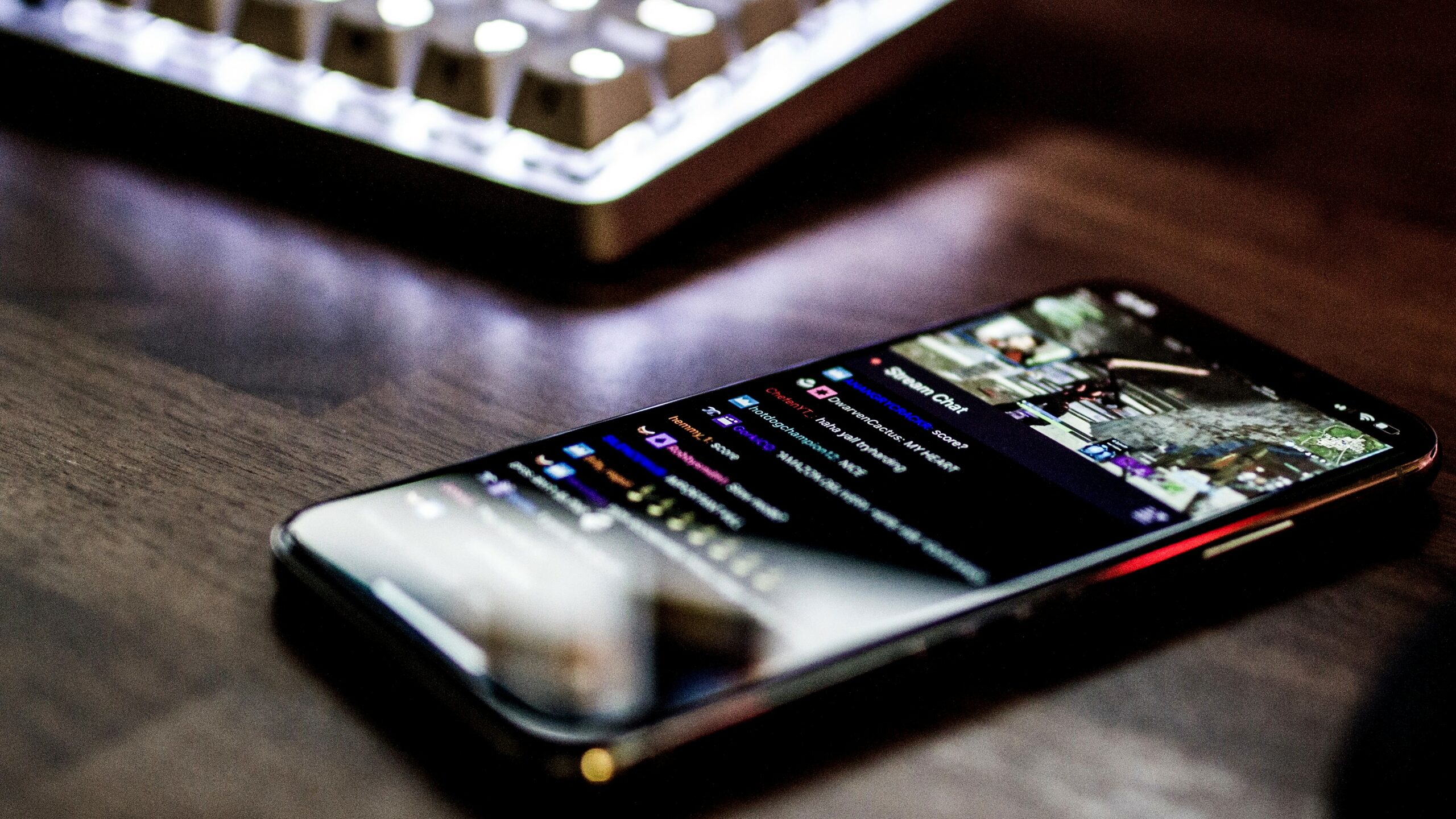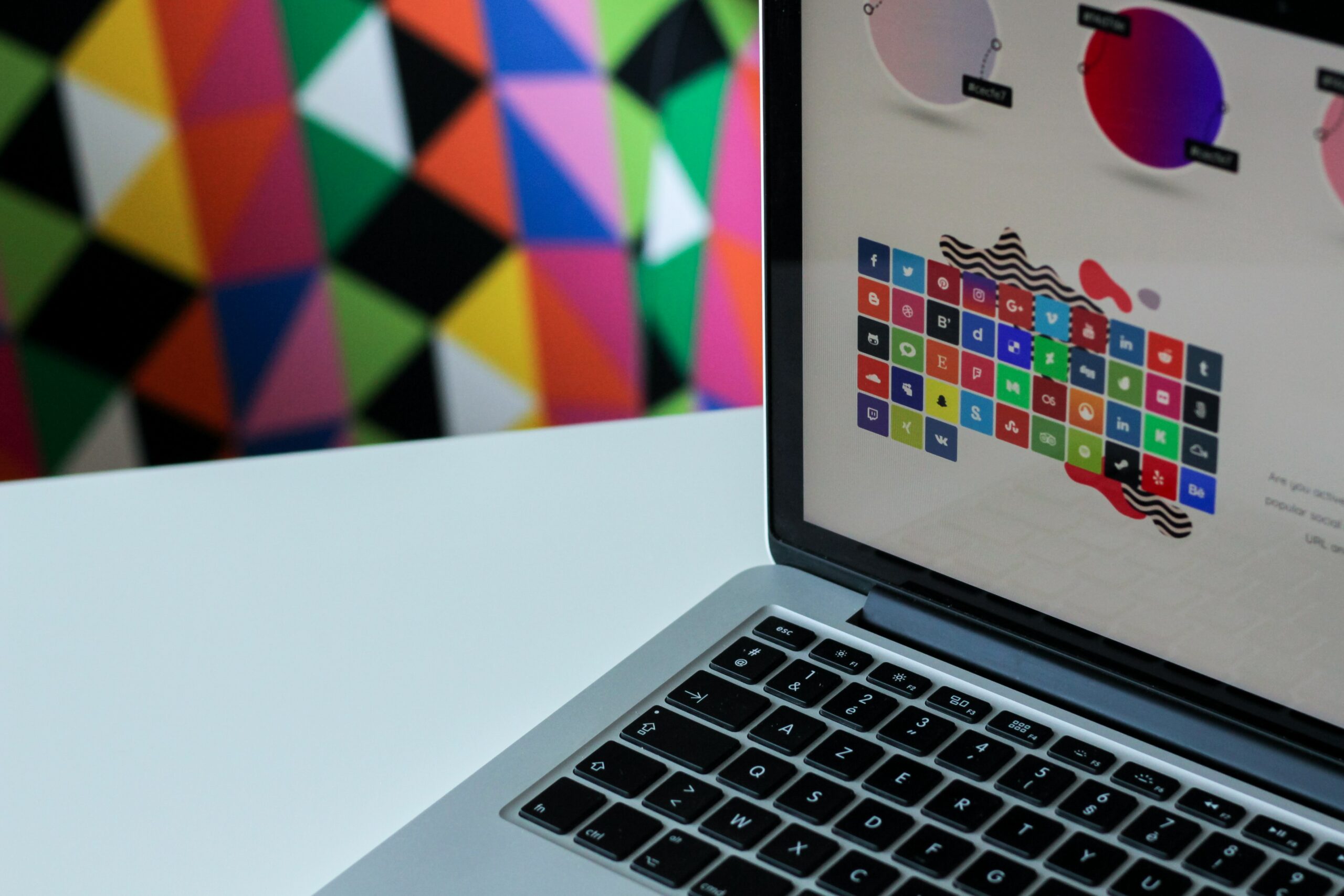Great, but what is UX?
UX stands for User Experience. In simple terms, when people refer to UX, they are talking about how a user interacts with a digital interface, usually a website or an app. UI stands for User Interface, and this generally refers to the method in which a user controls or interacts with a digital interface.
While both UI and UX work closely with each other, they are different disciplines that need to be understood.
UX is a more analytical discipline, looking at how a user behaves when presented with a series of tools to complete a task. UI is closer to the creative side, how those tools are created to help the user complete a task.
One of the most quoted analogies for UI and UX comes from Rahul Varshney: “User Experience and User Interface are some of the most confused and misused terms in our field. A UI without UX is like a painter slapping paint onto canvas without thought; while UX without UI is like the frame of a sculpture with no papier mache on it.
“A great product experience starts with UX followed by UI. Both are essential for the product’s success.”
Some consider UX design to just be a fancy way of saying market research. But it’s much more than that: as the co-founder of the term suggests, “it encompasses all aspects of the end-user’s interactions with the company, its services, and its products”.
A user experience designer is part-marketer, part-designer, part-project manager. They’re involved in an array of multidisciplinary activities like competitor and customer analysis, wireframing and prototyping, product strategy, content development, goal tracking, and integration.
The goal of this work is broad but simple: the optimisation of the customer’s experience with a company and all its products. It’s why companies that make use of UX see for every $1 invested, a return of anything between $2 and $100. Some companies, like Airbnb, credit their success almost entirely to UX design.
OK, so how does this fit in with UI?
If UX is more technical and social, UI is more visual and closer to graphic design. A good way to think about it is that User Experience design can be applied to all sorts of experiences, whether it be going through a supermarket or using a virtual reality app.
User Interface design, on the other hand, is solely a means of optimising how a user and a device interact. In other words, it’s strictly digital.
A UI designer is an expert in all things visual, from branding and front-end design to animation and user storyboarding. They know how to translate a business’s strengths and visual assets into a product interface, enhancing UX and visually guiding users via interactive elements.
Many companies and even designers have their own definitions for UX and UI or simply muddle them up as they have many parallels. It is true that when it comes to building a digital product today, you need them both to be successful.
A clear example of this is responsive design: when a company doesn’t offer a visually pleasing and easy-to-use experience on a mobile device, 60% of users won’t trust them.
So what makes great UI and UX?
When UX and UI work well together, they reduce the work the user has to do and make a product comfortable to use and interact with.
The best examples of digital services find this ideal balance by following common UX and UI principles. First, they give users a sense of control over the interface. One simple way designers achieve this is with the undo/redo principle.
Even if it’s not necessary, making actions reversible gives the user a sense of comfort which allows them to make mistakes, explore unfamiliar options, learn quick, and gain a sense of mastery over a product. The opposite to this is a frustrating and nerve-raking experience in which users have to be careful and slow and stick to what they know.
Second, they make the product a joy to use. Once a user feels like they’re in control of a product and aren’t held back by a fear of failure, they’re free to enjoy it. UX designers achieve this by using the “is this really needed?” approach.
By repeatedly asking about every element, “is this relevant, needed, and/or useful for the user?”, UX and UI designers can get rid of irrelevant data, prioritise what’s important, and shape a product from a user’s perspective.
Happy users turn into happy customers, which is why it’s important that everyone in a business starts to think about UX and UI.












